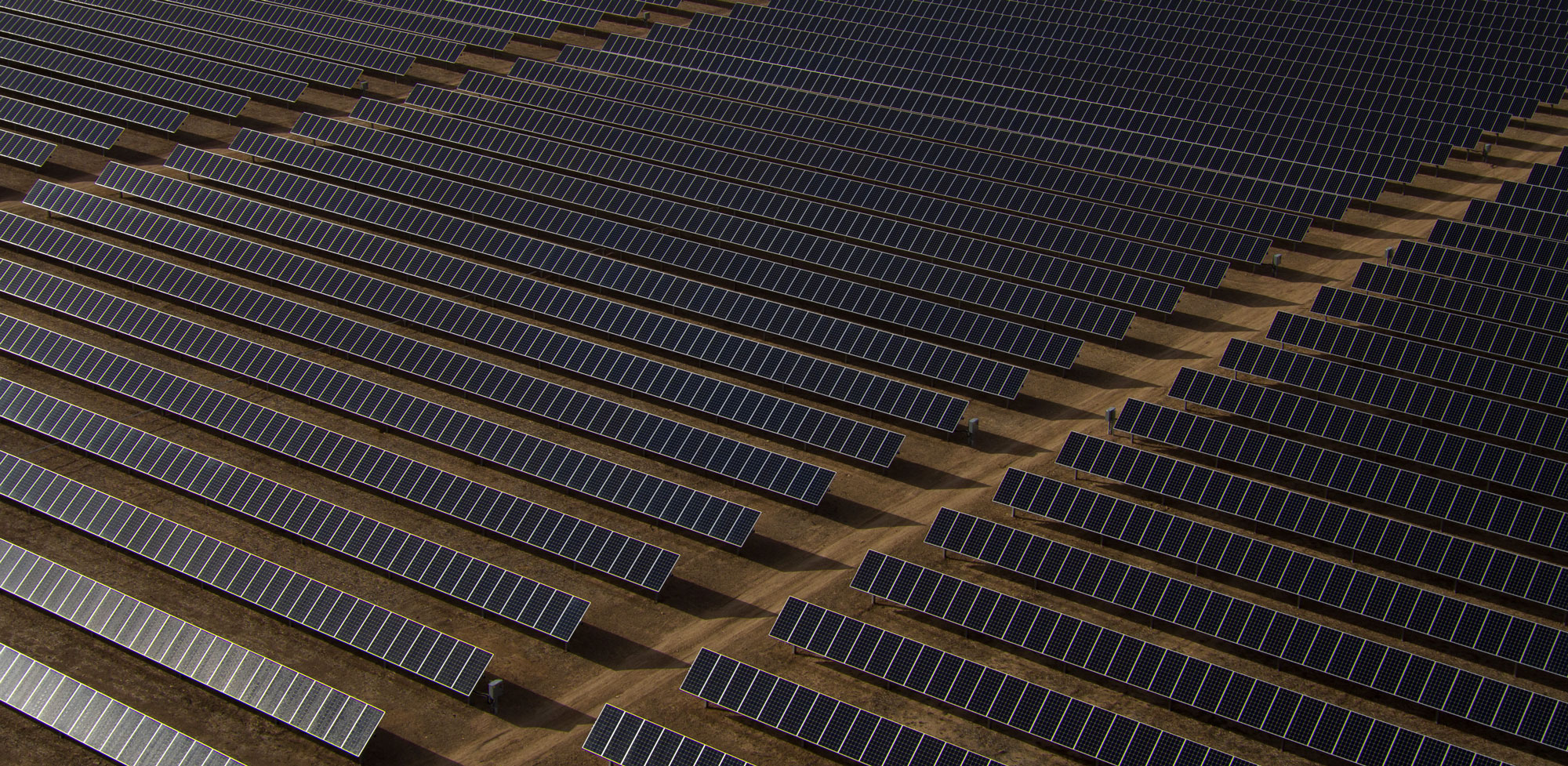Global renewables growth has stalled—and that’s terrible news

The world needs to radically accelerate the construction of clean energy to have any hope of combating of climate change. Instead, last year nations didn’t even manage to build more renewable-energy plants than they did in 2017.
On Monday, the International Energy Agency reported that the world added around 180 gigawatts’ worth of solar, wind, hydroelectric, bioenergy, and other renewables capacity, an unexpected flattening after two decades of steady gains.
That’s well short of the 300 gigawatts that would have to be added every year between last year and 2030 to reach the goals of the Paris agreement, the IEA says. That is to say, holding temperature increases below 2 ˚C, and ideally limiting them to 1.5 ˚C.
That’s bad news no matter how you measure it. But just how bad depends on what’s causing the slowdown.
It unclear whether last year was a blip as markets digested the loss of various subsidies and sought ways to mobilize private capital to ramp development back up, or the beginning of a long-term plateau in deployment, says Alex Trembath, deputy director of the Breakthrough Institute, a think tank promoting technology solutions to environmental challenges.
It will require more time, and perhaps other data sources, before that becomes clear. Notably, Bloomberg NEF’s analysis, which leaves a margin for new plants that haven’t been accounted for yet, estimates a 10% increase in total solar installations last year. In addition, other observers noted that if you stripped out hydroelectric power from the IEA’s numbers, the total figures climbed a bit.
But in any case, the numbers aren’t rising anywhere near as fast as they should be at this stage.
The largest drop-off was in China, where additions declined from 82 gigawatts in 2017 to 77 last year, driven mainly by a decline in new solar plants, the IEA report found. That resulted directly from the nation’s decision to roll back its aggressive solar subsidy program to get spiraling costs under control and deal with the growing challenges involved in integrating rising shares of renewables into its grid.
India, which has been adding wind and solar at a staggering rate in recent years, saw a small decline last year as well, from 15 gigawatts to 14 (see “India’s surging economy could doom climate efforts—unless richer nations step up”). That slowdown was driven by some combination of new tariffs on solar panels from China and Malaysia, the falling value of the rupee, and the slowing decrease in solar costs, among other factors.
The European Union also saw slight declines, from 23 gigawatts to 22, likely driven in part by the phase-out of feed-in tariffs that guaranteed long-term prices for renewables projects.
Meanwhile, the US had a 1-gigawatt gain, but the total also fell from 24 gigawatts to 17 gigawatts the previous year, representing a sharp reversal overall following years of significant increases.
There could be a few forces deflating growth in the US. Utilities in a number of states have now met the mandates of renewable portfolio standards, which require a certain portion of electricity to come from solar, wind, geothermal, or similar sources. Then there’s the basic problem of demand: plenty of states already have relatively cheap electricity generation in place, so there is little need to build renewables facilities, even if they are cleaner.
The question that Monday’s findings pose is: Will renewables accelerate at the necessary rates to achieve stringent climate goals as various policy supports fall away? The IEA, at least, argues that governments will need to take serious steps to ramp deployment back up, including the implementation of “smart and determined policies.”
“The world cannot afford to press ‘pause’ on the expansion of renewables, and governments need to act quickly to correct this situation and enable a faster flow of new projects,” said Fatih Birol, the IEA’s executive director, in a statement, adding that the 2018 data was “deeply worrying.”
Some fear that more systemic challenges are beginning to emerge.
Regions with significant shares of renewables, like China, Germany, and California, are already seeing significant levels of curtailment—when grid operators either incentivize or force wind or solar farms to throttle back generation because too much is flooding the market at once. Most of this excess electricity from variable sources can’t be stored with the grid infrastructure in place in today. Those forces could squeeze profits and depress the economic incentives to continue building new plants, particularly as penetration of renewables increases further.
“I don’t know how much you can attribute the slowdown to that versus subsidy rollbacks,” Trembath says. “But the point is it’s unclear how we can sustain the growth we saw over the last 5 to 10 years without subsidies.”
Deep Dive
Climate change and energy
The problem with plug-in hybrids? Their drivers.
Plug-in hybrids are often sold as a transition to EVs, but new data from Europe shows we’re still underestimating the emissions they produce.
Harvard has halted its long-planned atmospheric geoengineering experiment
The decision follows years of controversy and the departure of one of the program’s key researchers.
Why hydrogen is losing the race to power cleaner cars
Batteries are dominating zero-emissions vehicles, and the fuel has better uses elsewhere.
Decarbonizing production of energy is a quick win
Clean technologies, including carbon management platforms, enable the global energy industry to play a crucial role in the transition to net zero.
Stay connected
Get the latest updates from
MIT Technology Review
Discover special offers, top stories, upcoming events, and more.